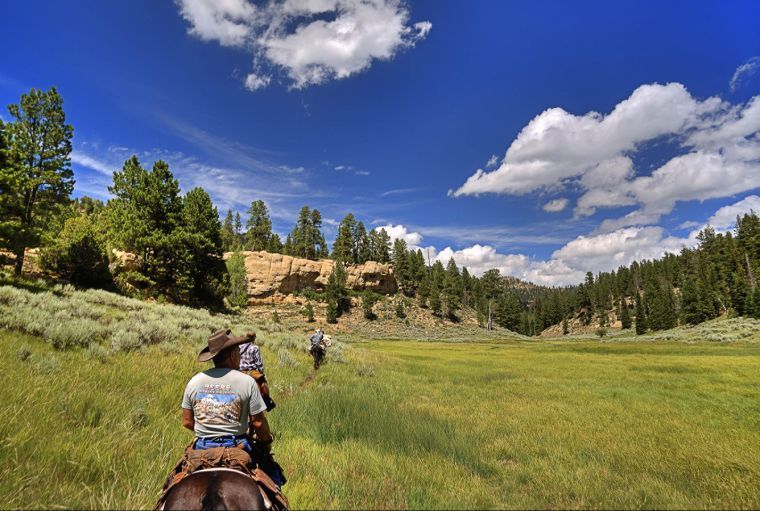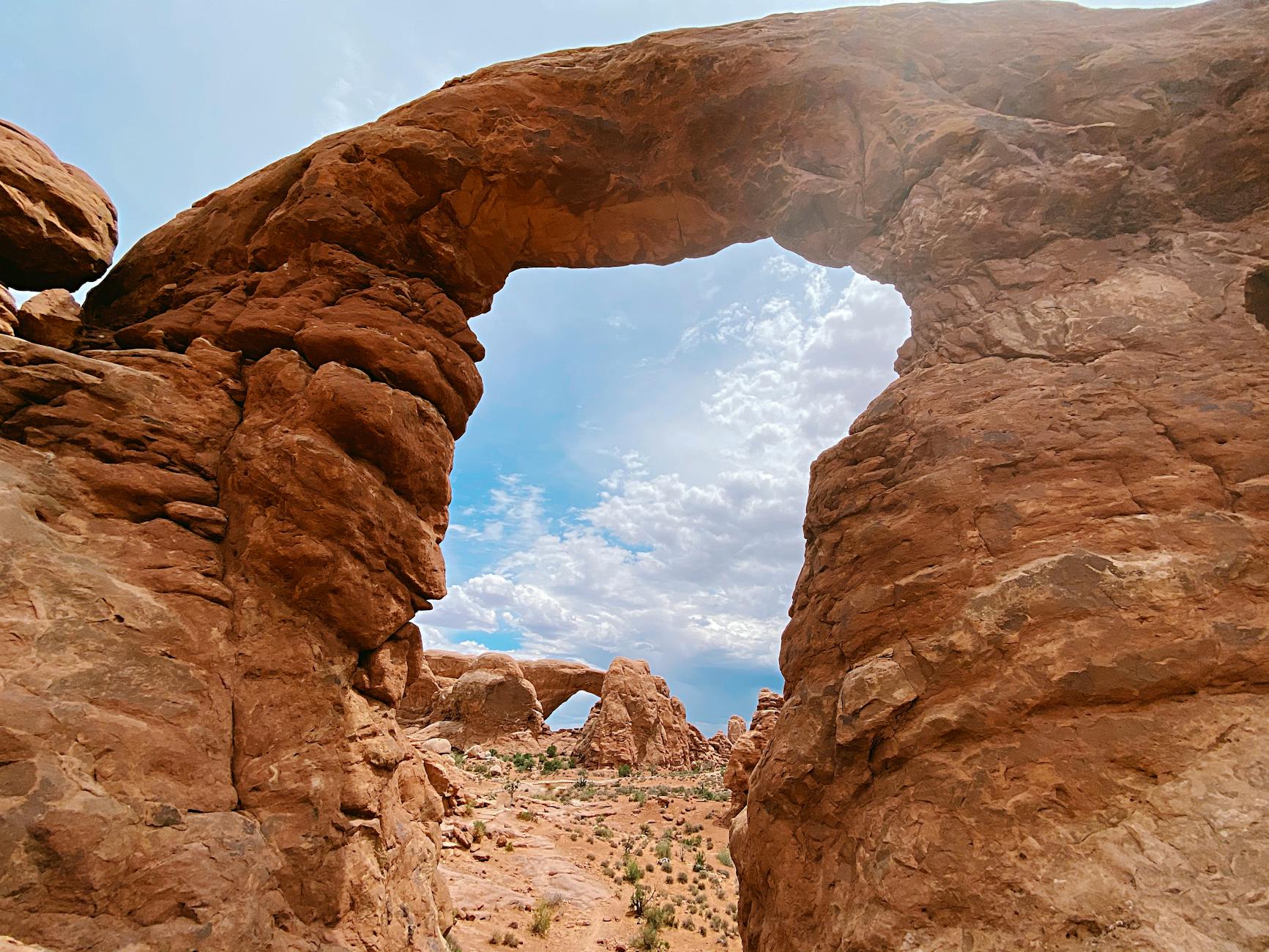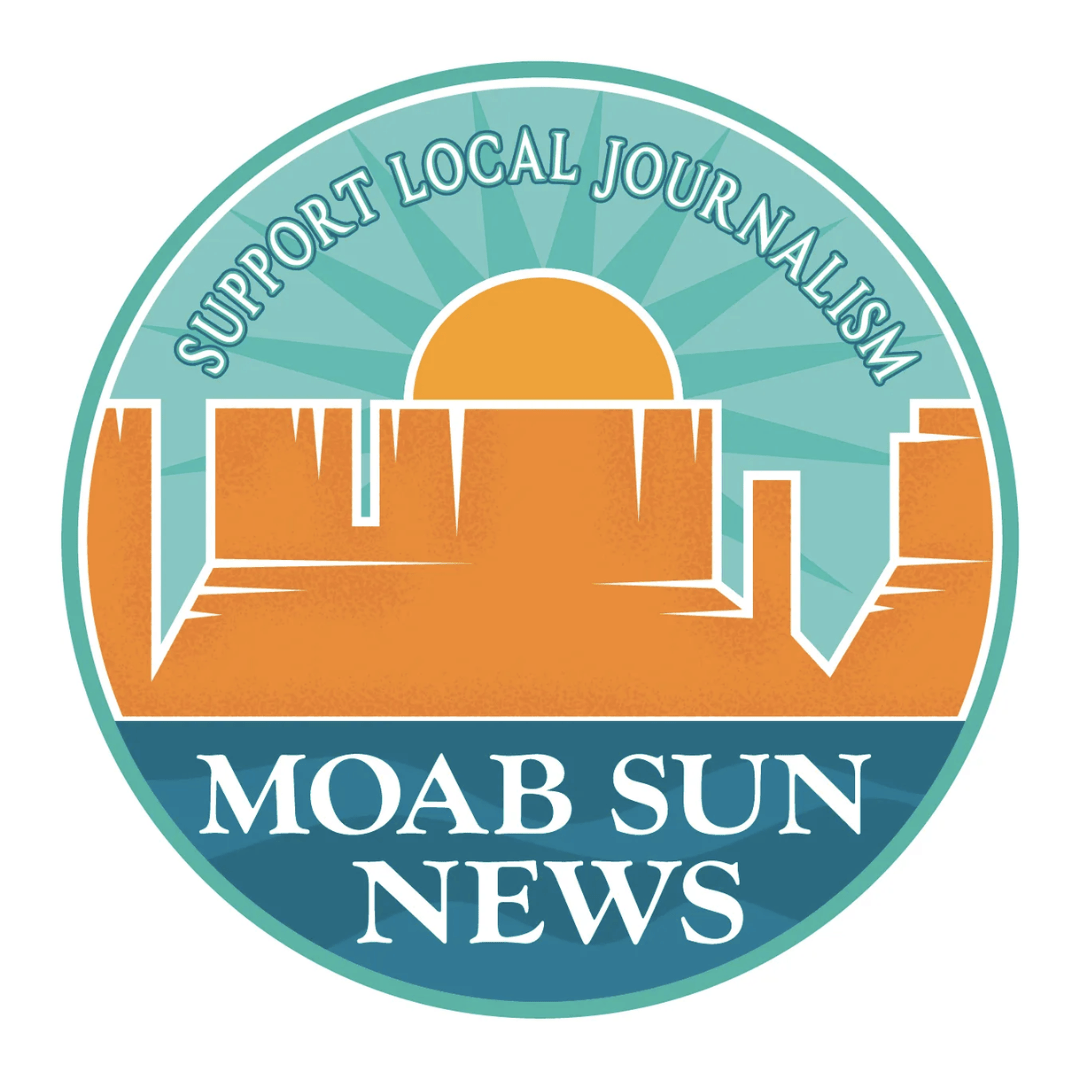Utah’s congressional delegation released what it calls a “discussion draft” of the eastern Utah Public Lands Initiative this week, and the long-awaited proposal certainly has local stakeholders talking.
Even before Reps. Rob Bishop and Jason Chaffetz unveiled their plan on Wednesday, Jan. 20, conservationists and environmental groups were deriding the proposal as an anti-wilderness, pro-development bill.
“In general, this is a terrible bill if you care about wilderness,” Southern Utah Wilderness Alliance (SUWA) Executive Director Scott Groene said. “It’s a terrible bill if you care about public lands, and it’s a terrible bill if you care about climate change.”
Backers of the Public Lands Initiative process say it incorporates feedback they received during the course of 1,200 meetings and in 65 detailed proposals over the last three years. They say it balances conservation and development interests by protecting 4.3 million acres of land in eastern Utah, while opening 1 million acres across the region to industry and recreation interests.
“This bill represents a compromise that includes many important provisions that boost recreation, land conservation, economic development and certainty in our eastern Utah communities,” Chaffetz’ Chief of Staff Fred Ferguson said.
Grand County Council member Lynn Jackson has mixed feelings about the proposal as is, but overall, he said he understands the need to reach a consensus on the long-term management of the region’s public lands.
“I’m not happy with some of it, and some of it’s OK,” Jackson said. “It’s the nature of compromise: You give stuff up.”
Bishop, R-Utah, said the draft plan represents the culmination of years of work on the Utah delegation’s part. Moving forward, he said, the proposal offers stakeholders another opportunity to offer positive ideas.
“Our goal has always stayed constant,” he said in a statement. “We will conserve areas worthy of conservation. We will guarantee outdoor recreation for all Utahns. We will enhance economic development to fund Utah schools and create good jobs. We will provide certainty by ending the litigation and mindless debates. That certainty will allow everyone to plan for the future without outside groups imposing their misguided will.”
Groene said the delegation’s proposal is so bad that it’s “unsalvageable,” and he predicts that the U.S. Senate will never pass it.
“This is a bill that’s dead on arrival,” he said. “Now, there’s going to have to be some work to drive a stake through the heart.”
While the 65-page proposal covers lots of ground in six eastern Utah counties, some of its key provisions center around some of Grand County’s most iconic landscapes.
It would create new wilderness areas that range in size from 1,190 acres in the Fisher Towers area to 257,607 acres in the Canyonlands area of Grand and San Juan counties. In the Book Cliffs area alone, more than 175,000 acres of wilderness would be set aside, although that amount falls short of the current county council’s recommendations.
The delegation is also proposing to declare 76,269 acres of Arches National Park’s 76,519 acres as wilderness, while expanding the park’s overall boundaries by 19,255 acres.
Grand County Council member Mary McGann questions the rationale behind the delegation’s plan to declare nearly all of Arches – as well as portions of Dinosaur National Monument in Uintah County – as wilderness.
“I’ll have to study it some more, but my initial reaction is putting Arches and Dinosaur as wilderness is just a ploy to make it look like they put in much more wilderness than they have,” McGann said.
Perhaps more controversially, the draft includes a provision which stipulates that none of the new wilderness areas could be designated as prime Class I airsheds under the federal Clean Air Act.
The effort to get around the Clean Air Act is one of many “loopholes and caveats” that bothers SUWA and its allies.
“Usually, the devil is in the details on something like this, but in this case, the devil’s standing in the room,” Groene said.
Groene said the proposal also attempts to resolve Utah’s long-running dispute over contested roads within the region by handing all of them over to the state. Jackson said he likes the idea that the delegation is trying to resolve those RS 2477-related issues, but he’d like to see the contested rights-of-way transferred to the county, instead of the state.
“I have some issue with that, but I think it will be fixed,” Jackson said.
He and Groene are also divided over a provision in the draft that would transfer 4,596 acres of federal land in the Book Cliffs to the State of Utah for a transportation and utility corridor between Interstate 70 and the Uintah Basin.
Groene and other critics are concerned that a new route through the rugged area would facilitate the development of oil sands and oil shale projects.
“It would set off a carbon bomb in terms of climate change,” Groene said.
But Jackson said the route would provide a vital infrastructure link between Moab and its distant neighbors to the north.
“It’s going to help our regional recreation and travel and services,” he said.
If passed, provisions in the draft would give the state more ground for energy development on the Grand County side of the Book Cliffs, as well as a much-larger area to the north in Uintah County. Far to the south, maps of the discussion draft show that Utah’s School and Institutional Trust Lands Administration (SITLA) would also gain control of the headwaters of Spring, Mineral and Hell Roaring canyons.
At the same time, the delegation is also proposing to create four national conservation areas in the greater Moab area, ranging in size from 35,049 acres around Labyrinth Canyon to 1.14 million acres around the Bears Ears in San Juan County. Its proposal would also establish new recreation zones – some of which would remain open to energy and mineral development; other zones would be permanently closed to new energy and mineral leases.
The draft would also designate numerous stretches of the Colorado and Dolores rivers as “wild and scenic.”
Although the current proposal includes more proposed wilderness than he would like to see, Jackson said he still supports the process. He voiced frustrations that conservationists won’t be satisfied unless they get everything they ask for.
“I think what’s distressing to me is that members of the conservation community are saying, ‘There’s nothing we can work with in this draft,’” he said. “I get frustrated about that … They say, ‘Hey, let’s find a compromise deal,’ but they want it all.”
Based on everything that McGann has seen so far, she said she is skeptical about the lands initiative.
“I’m skeptical of the whole motivation, too, behind this process,” she said.
Chaffetz said in a statement that the proposal would enhance local land management and provide “immediate certainty” to eastern Utah communities.
“This locally driven process has allowed stakeholders to come to the table, engage in conversations, and offer solutions that make the land management system work better for eastern Utah,” he said in a statement. “We’ve crafted a needed balance between conservation and economic development and I look forward to moving this bill forward.”
But for all of the talk about a “locally driven process,” Groene is concerned that the state would ultimately gain control over decisions that affect Moab-area residents.
“Grand County gets its own special treatment for handing things over to the State of Utah, where there will be no input or influence from the local community,” he said.
While environmental groups aren’t happy about the bill as is, Jackson said he believes the delegation has shown an interest in resolving public land-use disputes. Now that the draft is available for all to see, he said he hopes that President Barack Obama’s administration will shelve any plans to create a new national monument on existing federal lands in Grand and San Juan counties.
“The administration said it was willing to wait and see what comes out of this process, and now they get their first look,” he said.
For more information about the discussion draft, go to www.utahpli.com.
I’m not happy with some of it, and some of it’s OK … It’s the nature of compromise: You give stuff up.
Long-awaited proposal draws mixed reactions from stakeholders





